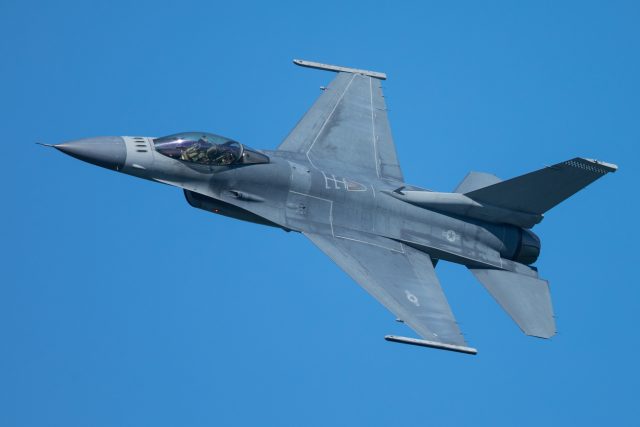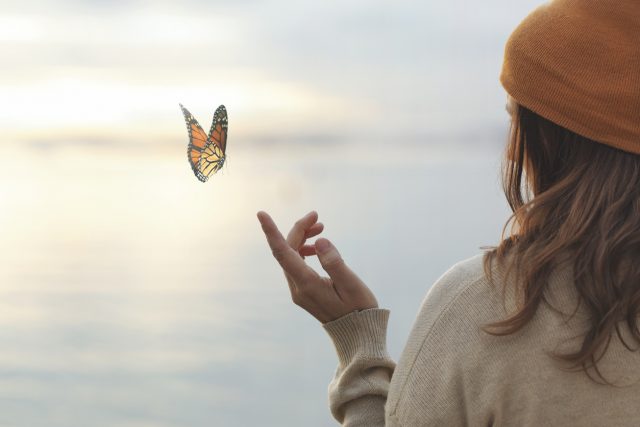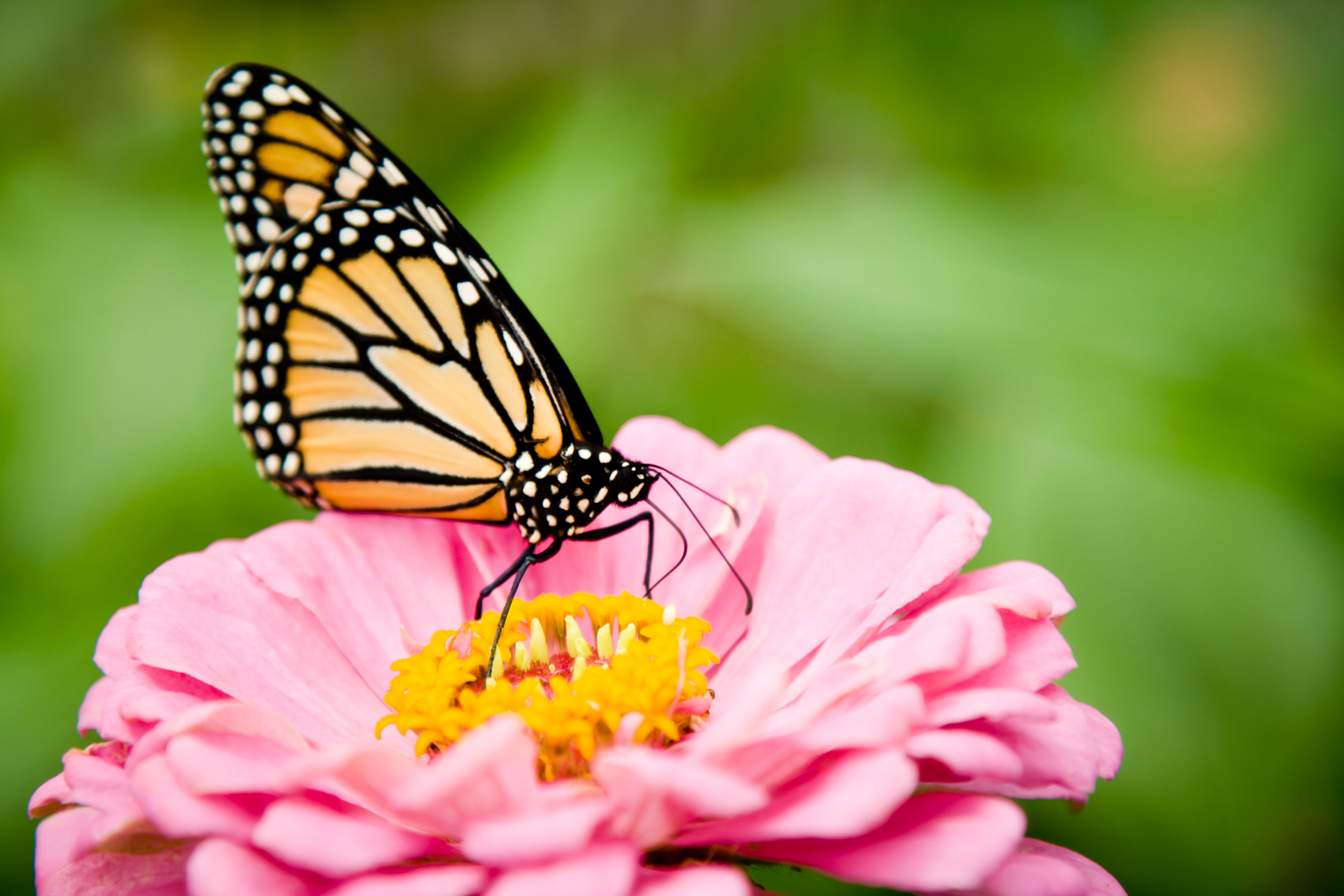Turns out butterflies are more aerodynamic than they look. These pretty little insects clap their wings for maximum propulsion. Not so much The Butterfly Effect as Top Gun!
Experts have been working on a wing and a prayer to establish a long-held belief about the humble butterfly. While they may look like simple and photogenic creatures, one detail has niggled scientists for decades… the contrast between their large, beating wings and small bodies.
“That is a bit of a puzzle, because that sort of wing is quite inefficient” Prof Per Henningsson of Lund University told CNN. He’s co-authored the study, published this week in Interface (The Royal Society journal).

The 1970s saw an idea emerge from its chrysalis concerning the clapping of butterfly wings. Did butterflies forcefully bring their wings together on take off, trapping and squeezing out air for increased momentum…? Strangely, it’s taken till 2020 for that theory to be properly tested.
How does one go about conducting experiments on the winged wonders? Previous studies “often relied on tethered butterflies”, according to Phys.org!
Today’s methods are a bit more advanced. Live specimens were filmed for reference. However the nitty gritty involved mechanical wings and a wind tunnel. Two sets were built for the experiment – one flexible, the other rigid.
The two types proved crucial, revealing a previously unknown fact about butterfly propulsion. Henningsson and co were surprised to discover a pocket is formed by the flexible flappers. As the authors explain on Interface, “flexible butterfly wings, forming a cupped shape during the upstroke and clap, thrust the butterfly forwards”.
So, it isn’t just a case of flat wings clapping against each other. Meanwhile, “the downstroke is used for weight support.” The whole process reportedly results in 22% more force. The move is also 28% more energy efficient.
Butterflies aren’t the only life form to benefit from a clapping motion. Phys.org notes the study’s mention of frogs and fish. They aren’t typically associated with wings, yet they do have fins or feet that serve the same purpose in their natural habitat.

As ever in the land of science, these findings aren’t 100% certain. Prof Henningsson tells BBC News: “I think they typically don’t flap their wings together. But in the take-off phase, they definitely do it a lot.”
It’s believed the wing clap and pocket evolved so butterflies could escape predators more easily. They take off fast anyway, that much was known. Reaching the sky can only be helped by this incredible form of natural propulsion.
Where do the team go from here? The implications for drone flight are potentially massive. Drones are already constructed to resemble flying insects. Underwater vehicles employ a similar propulsion system, as reported by BBC News. Nature could influence technology even further, thanks to this latest discovery.
And it appears news about butterflies just keeps on breaking in 2021. On a decidedly less glorious note, the male of the species has displayed less than savory habits in the butterfly boudoir.
Referencing a study published in PLOS Biology by researchers from the University of Cambridge, iNews reports on an “obnoxious chemical” which butterflies spray “onto their mates after sex to deter other potential suitors from trying their luck.”
The behavior was observed in ‘Heliconius melponene’, found in the balmy environment of Panama. According to Prof Chris Jiggins – and yes, a more appropriate name could not be quoted – this might actually help the unfortunate females.
“Male butterflies pester the females a lot” he explains to iNews. Being covered in an objectionable scent might give them a break from winged suitors.
Another Article From Us: Megalodon Sharks Had Human-Size Babies That Ate Each Other
From soaring through the air to the facts of life, butterflies are showing some different and dramatic sides in this new year. What will nature spotters find out next…? It’s definitely worth a flutter…
